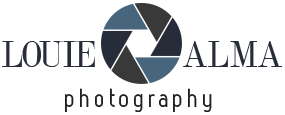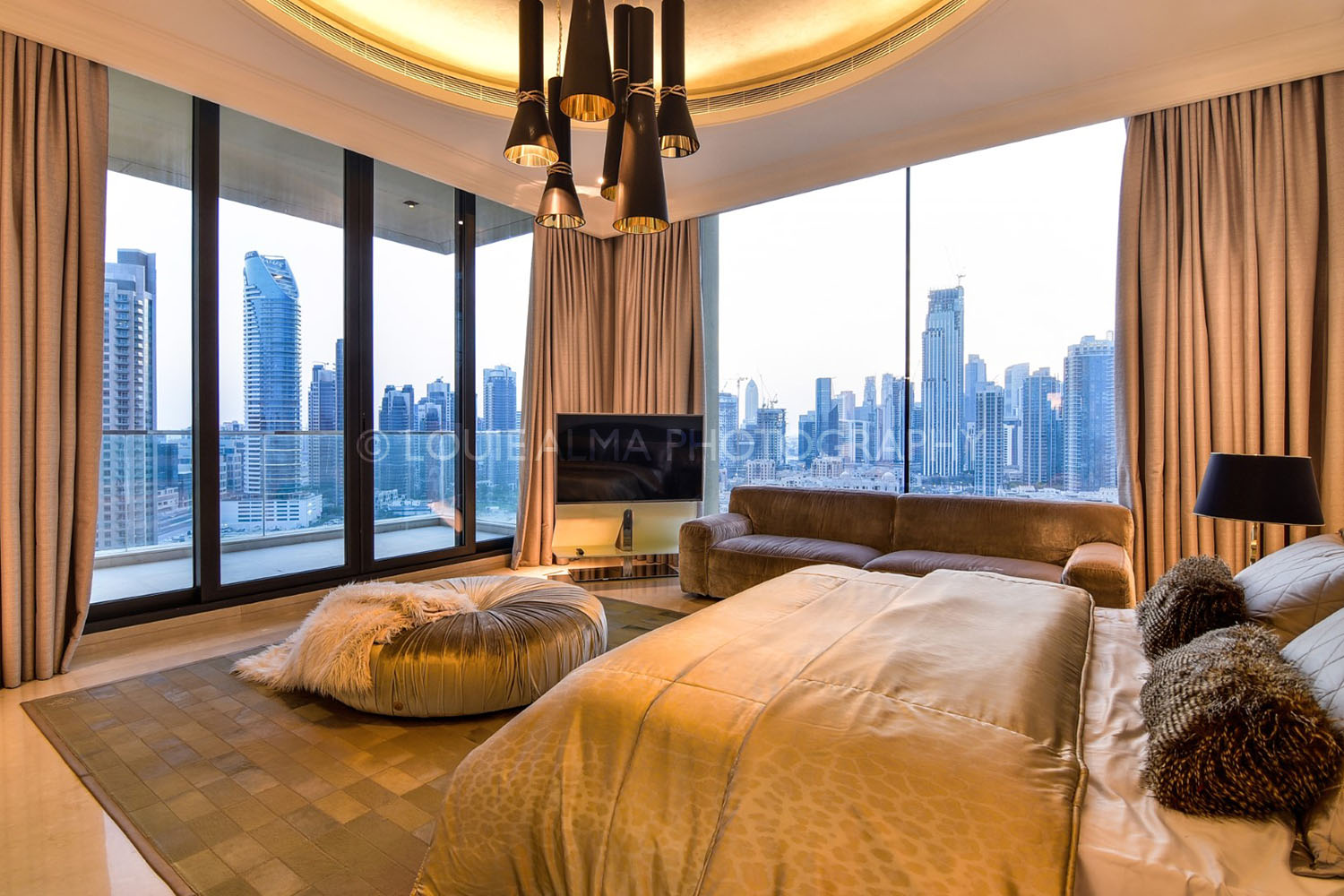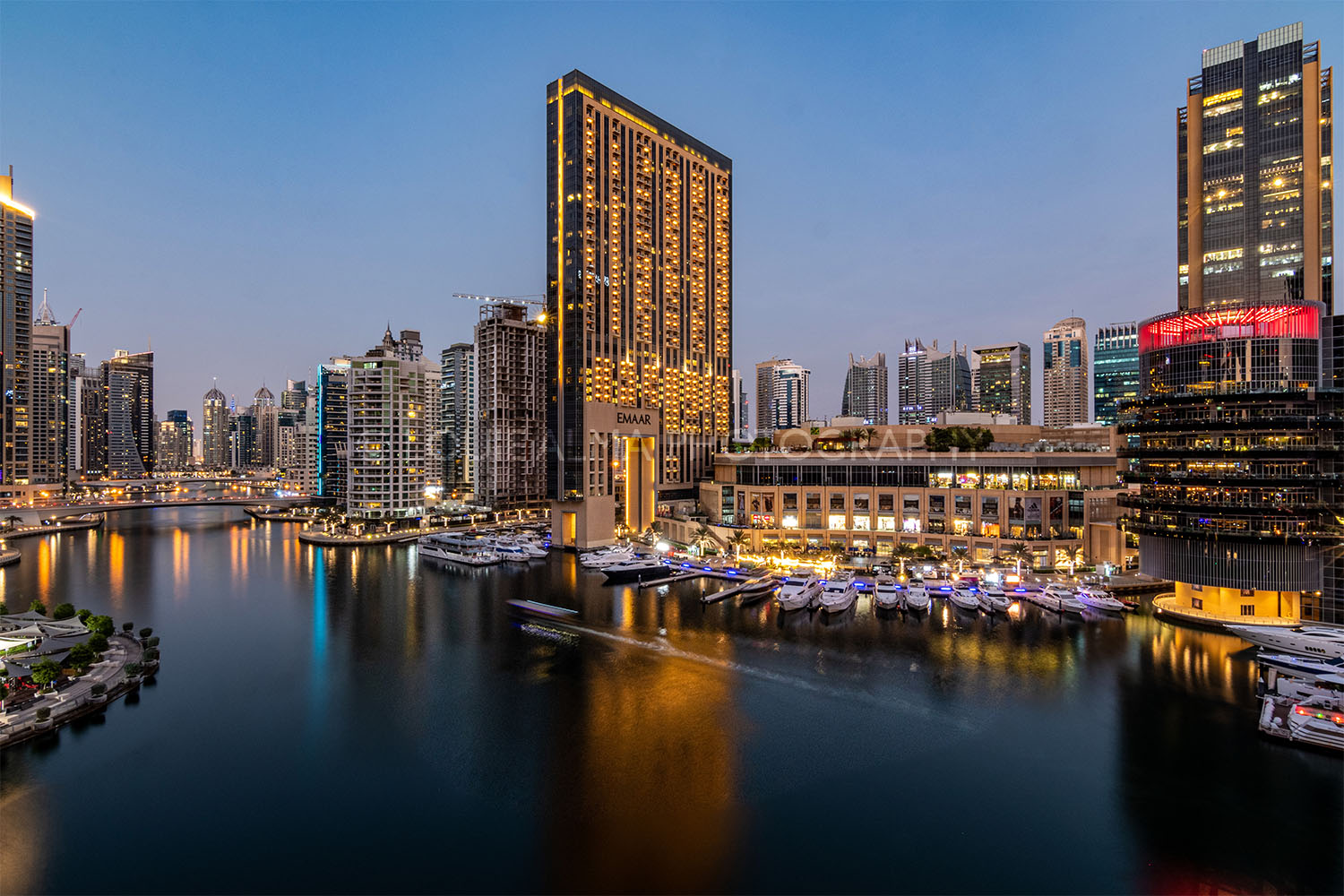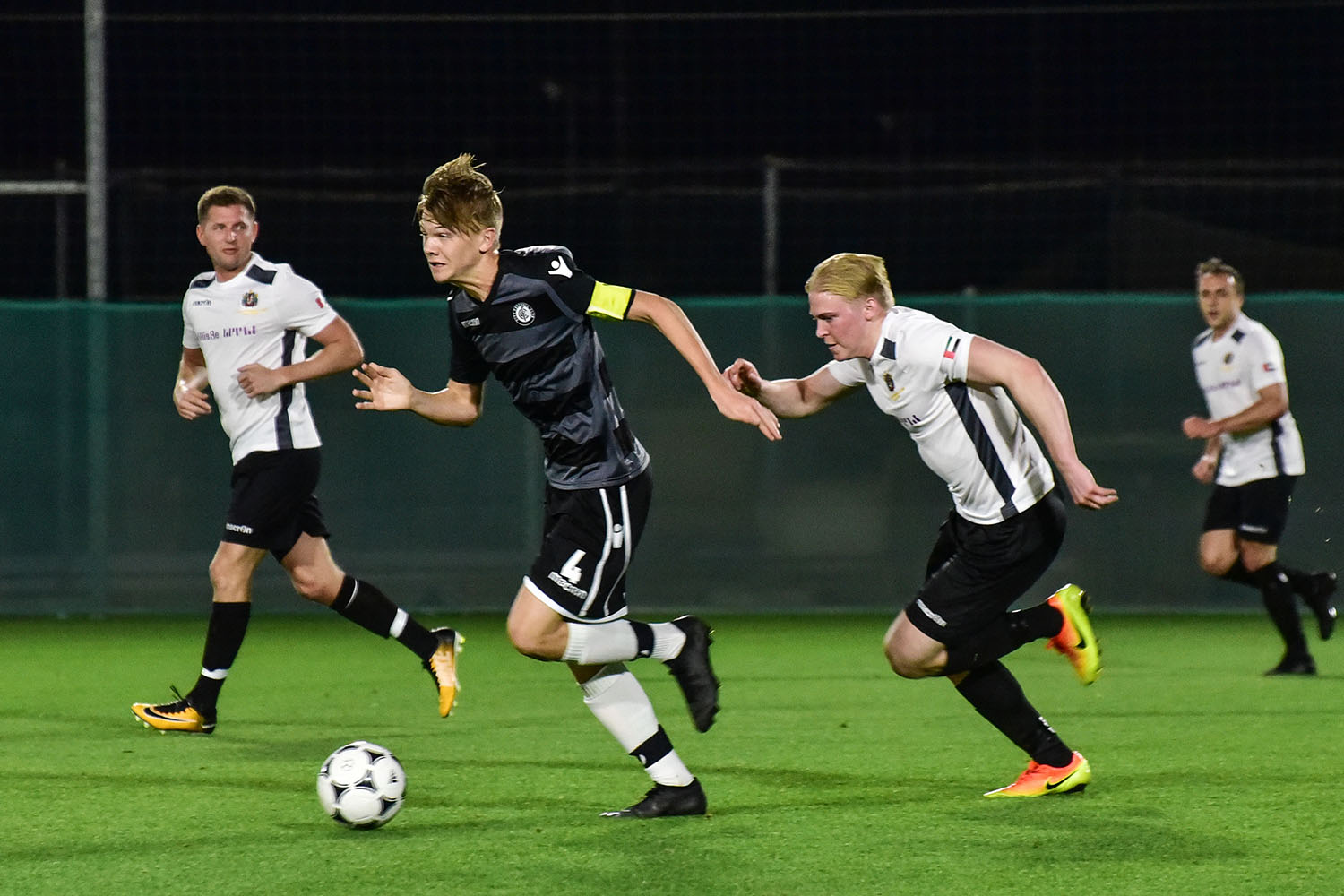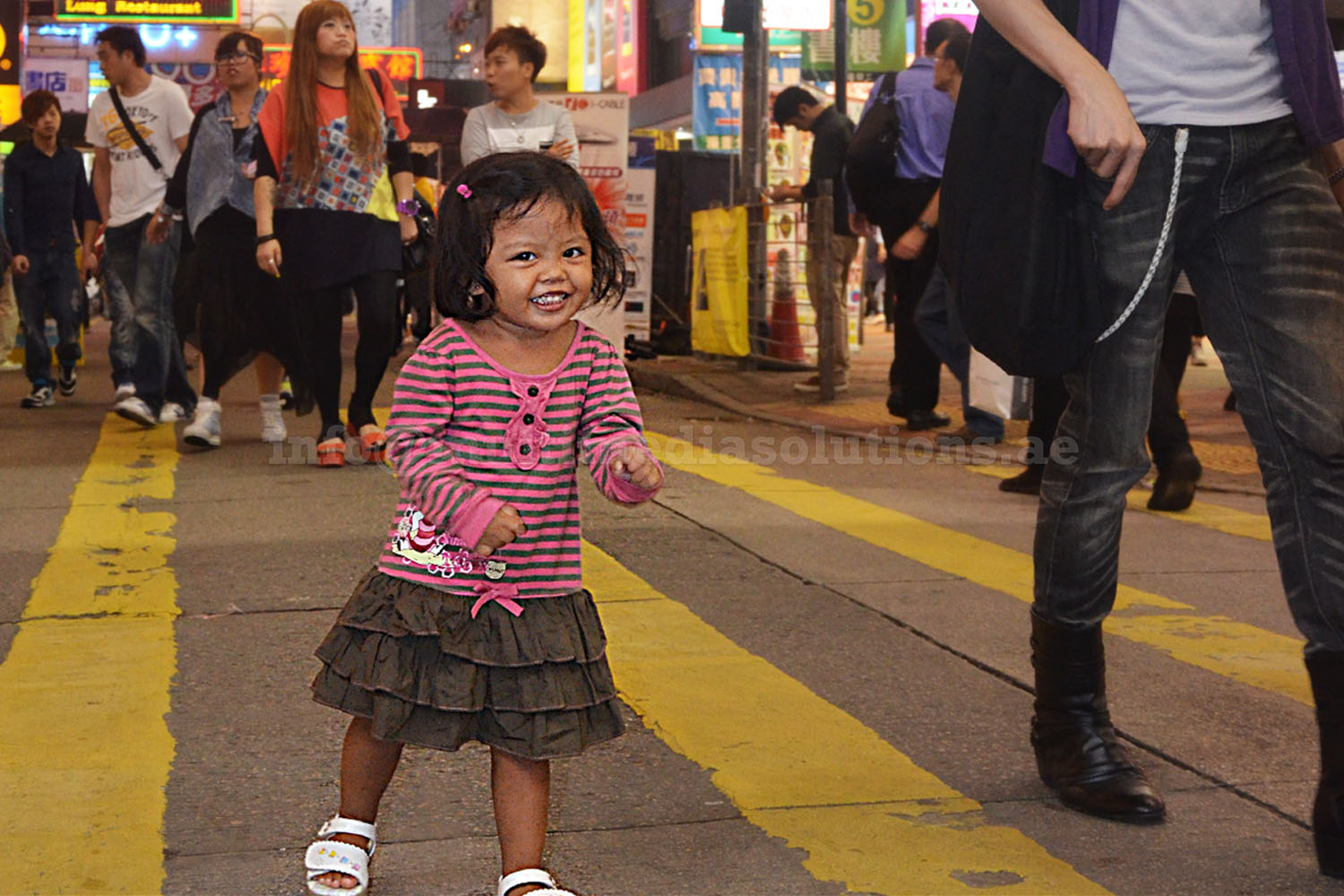Travel Guide to Ravenna, Emilia Romagna,Italy
Emilia Romagna is situated in North Eastern Italy with Ravenna a treasure trove of history, art, and culture. Known as the “City of Mosaics,” it’s home to some of the most exquisite Byzantine art in the world. So much so that the city boasts eight UNESCO World Heritage sites
The city’s golden age began in 402 AD when Emperor Honorius moved the capital of the Western Roman Empire from Milan to Ravenna. Its strategic location near the Adriatic Sea and its surrounding marshlands made it easily defensible. It later became the centre of the Ostrogoth Kingdom and then a vital city in the Byzantine Empire.
It’s also been the home of celebrated literary figures. Dante Alighieri, the author of The Divine Comedy, spent his final years here and was buried in 1321. English romantic poet. Lord George Gordon Byron arrived in 1819, at the age of 31, during his self-imposed exile from England. There’s now a brand new museum in the Palazzo Guiccioli where he lived during his short three year stay.
Byron Museum
The Byron Museum is a shrine to the poet’s life and works. Inside this historic building, now beautifully restored, state of the art technology including interactive displays, audio guides and video, transports visitors back to the 19th century. It chronicles Byron’s life from his aristocratic beginnings in England to his time in Italy and, ultimately, his heroic death in Greece.
Visitors are introduced to his early years, marked by privilege and scandal, and his rise to fame with works like Childe Harold’s Pilgrimage and Don Juan. It was his love affair with Teresa Guiccioli that brought him to Ravenna but she was already married. Strangely, he shared the Palazzo with the couple and Teresa’s most moving mementoes are on display – romantic jewels, locks of hair, even a fragment of Byron’s skin.
Byron was more than just a poet; he was also a fervent supporter of liberty and justice. The museum delves into his involvement in the Italian Risorgimento, the movement for unification and independence to his last days fighting for Greek independence. Recently discovered is a set of frescoes painted on the walls of what was his study,
Tomb of Dante
Byron was a great admirer of Dante Alighieri, whose final resting place is in Ravenna. Just a few steps from Basilica of San Francesco, the tomb was built between 1780 and 1782 by Camillo Morigia. Inside is a bass-relief by Pietro Lombardo dating back to 1483. There’s also a Dante Museum nearby inside the splendid Franciscan cloisters.
Pine Forest of Classe
Byron was known to ride on horseback through the Pine Forest of Classe, also an inspiration for Dante’s Divine Comedy, just outside the city. This natural retreat provided him with a sense of freedom and tranquillity. Today, visitors can explore the forest’s trails and imagine the poet’s solitary rides through its verdant expanse.
Classis Ravenna – Museum of the City and of the Territory
Located in the former sugar factory of Classe the museum relates the history of Ravenna from Etruscan-Umbrian origins, the Roman Age, the Gothic kingdom, the Byzantine Age up to the Middle Ages. With more than 600 original findings on display, along with the graphical and 3D reconstructions it tells the story of the evolution of the city and its territory
UNESCO World Heritage Sites
These early Christian and Byzantine buildings are celebrated for their extraordinary mosaics, unmatched in their detail, vibrancy, and craftsmanship. You can also learn the art of mosaic making at Koko Mosaico.
Basilica of San Vitale
Arguably Ravenna’s most famous monument, the Basilica of San Vitale is a masterpiece of Byzantine art and architecture. Completed in 548 AD, the dazzling mosaics depict biblical scenes, imperial portraits, and intricate geometric patterns. The images of Emperor Justinian and Empress Theodora, surrounded by their courtiers, are particularly striking, offering a glimpse into the opulence of the Byzantine court.
Mausoleum of Galla Placidia
Located near the Basilica of San Vitale, the Mausoleum of Galla Placidia has some of the oldest mosaics, dating back to the 5th century. Inside, the ceiling glimmers with a starry sky mosaic, a symbol of eternity and divine promise. The rich blue hues and intricate designs contrast with the warm sunlight streaming through the alabaster windows.
Basilica of Sant’Apollinare Nuovo
Originally built as a palace church for the Ostrogoth King Theodoric, in the 6th century, the Basilica of Sant’Apollinare Nuovo is another gem. Its mosaics depict scenes from the life of Christ, as well as processions of saints and martyrs, all rendered in exquisite detail. The contrast between the Gothic and Byzantine styles reflects Ravenna’s diverse cultural history.
Basilica of Sant’Apollinare in Classe
Located just outside the city in the former port town of Classe, the apse of this basilica features a stunning mosaic of Sant’Apollinare, the first bishop of Ravenna. He’s depicted standing amidst a lush green landscape dotted with sheep, birds and trees with the sky holding a gemmed cross with Christ’s face at its centre.
Factfile
INFO: Ravenna Turismo has information about the city.
Emilia Romagna Turismo has information about the region.
GO: British Airways flies direct to Bologna from London Heathrow
STAY: Hotel Centrale Byron is right in the centre of the city.
EAT: Osteria Passatelli in converted cinema has good pizza.
L’Enoteca Ca’ de Vèn in a traditional building serves local specialities.
La Campaza near Classe has good fish dieshes.
Taverna Byron on ground floor of Palazzo Guiccioli is handy for the Byron Museum.
The restaurant in the refurbished Mercato Coperto has good fresh pasta.
DO: Koko Mosaico offers mosaic workshops.
The Ravenna Festival takes place every June and July with over one hundred performances from more than a thousand artists.
The post Travel Guide to Ravenna, Emilia Romagna,Italy appeared first on The Travel Magazine.

